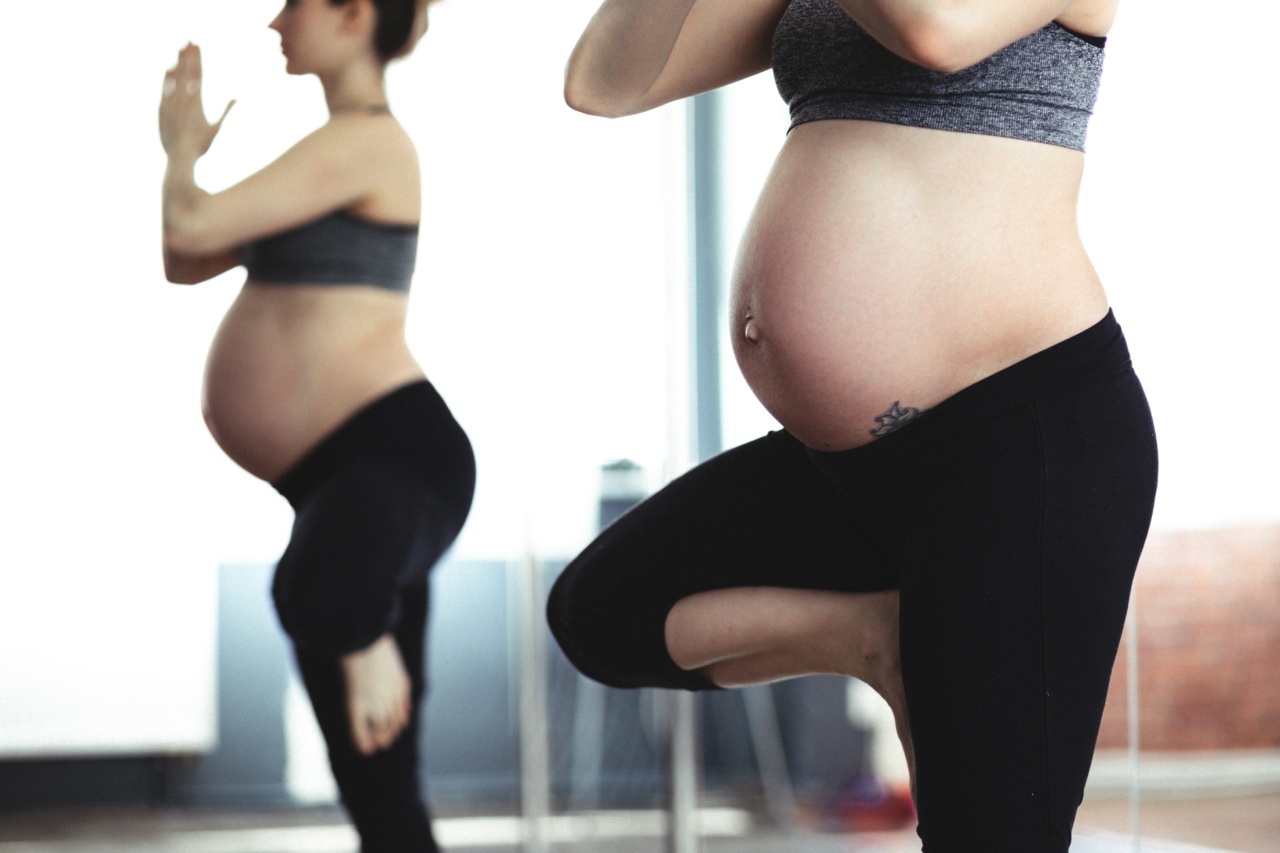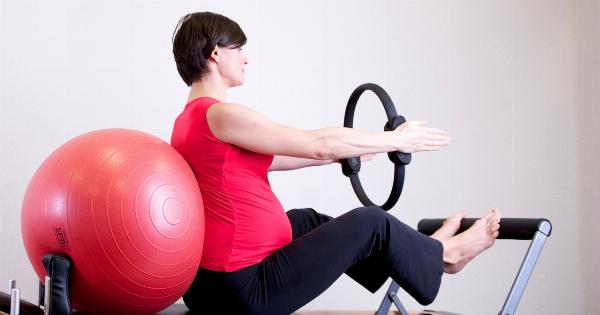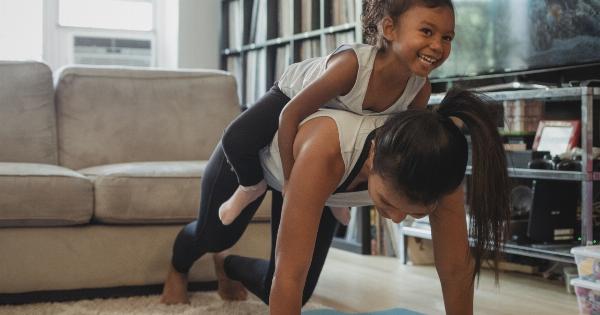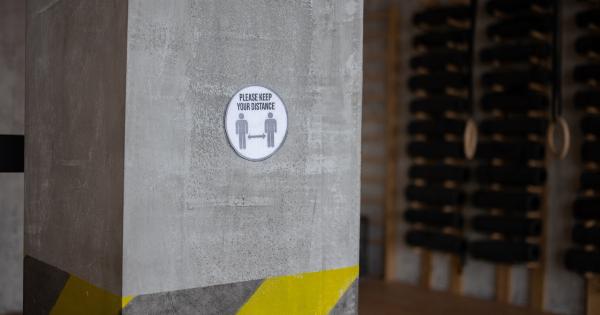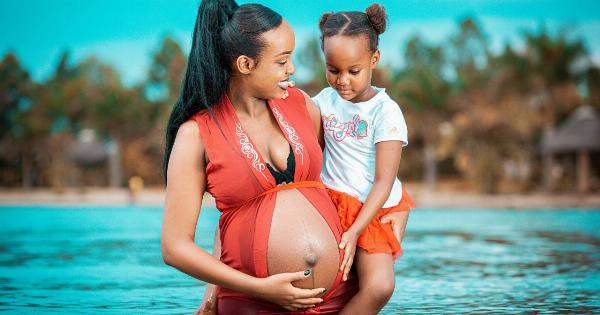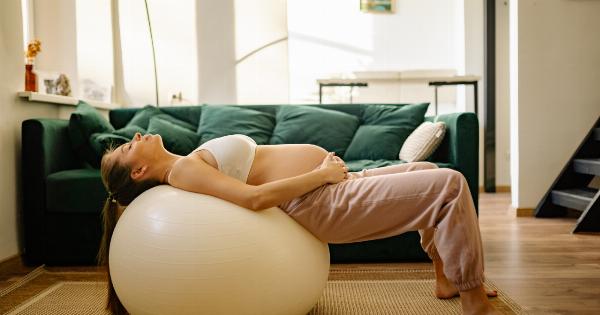Pregnancy is a beautiful and transformative time in a woman’s life. It’s a time when her body undergoes incredible changes to accommodate the growth and development of a new life.
However, these changes can also bring along certain discomforts and physical challenges. This is where pregnancy Pilates can play a vital role in supporting and maintaining a healthy body and mind throughout this journey.
What is Pregnancy Pilates?
Pregnancy Pilates is a modified form of Pilates specifically designed to address the unique needs and requirements of pregnant women.
It combines gentle stretches, low-impact exercises, and breathing techniques to promote overall strength, flexibility, and mental well-being.
The Benefits of Pregnancy Pilates
Pregnancy Pilates offers numerous benefits for expectant mothers, both physically and mentally:.
1. Strengthens the Core Muscles
The core muscles, which include the abdominal, back, and pelvic floor muscles, play a crucial role in supporting the spine and maintaining good posture.
Pregnancy Pilates helps strengthen these muscles, reducing the risk of lower back pain and improving posture as the baby grows.
2. Improves Posture and Balance
As the pregnancy progresses, the extra weight carried in the front can lead to a shift in the center of gravity, resulting in poor posture and balance.
Pregnancy Pilates focuses on alignment and strengthening the postural muscles, helping to counteract these changes and promote better alignment and balance.
3. Enhances Pelvic Floor Stability
The pelvic floor muscles, which support the bladder, uterus, and bowel, are put under significant strain during pregnancy.
Pregnancy Pilates includes specific exercises to target and strengthen these muscles, reducing the risk of urinary incontinence and improving postpartum recovery.
4. Increases Flexibility
Pregnancy hormones can cause ligaments to loosen, leading to increased joint mobility and sometimes joint discomfort.
Pregnancy Pilates includes gentle stretches and movements to improve flexibility, helping to alleviate any stiffness or discomfort associated with these changes.
5. Reduces Pregnancy Aches and Pains
Pregnancy can bring about various aches and pains, including backaches, sciatica, and swelling in the lower limbs.
Pregnancy Pilates incorporates exercises that help alleviate these discomforts, promoting better blood circulation and reducing the risk of fluid retention.
6. Enhances Mental Well-being
Pregnancy is not just about the physical changes; it also affects a woman’s emotional and mental well-being.
Pregnancy Pilates encourages deep breathing and relaxation techniques, which can help reduce stress and anxiety, promoting a sense of calm and overall mental well-being.
7. Prepares the Body for Labor
Pregnancy Pilates includes exercises and movements that specifically target the muscles used during labor and birth.
The controlled breathing techniques taught in Pregnancy Pilates classes can also be beneficial during labor, helping women manage pain and maintain focus.
8. Promotes Healthy Weight Management
By engaging in regular physical activity like Pregnancy Pilates, women can better manage their weight during pregnancy.
It helps control excessive weight gain and promotes healthy weight management, which is essential for the well-being of both the mother and the baby.
9. Boosts Energy Levels
Regular exercise, such as Pregnancy Pilates, promotes the release of endorphins, the “feel-good” hormones. Engaging in physical activity can help combat fatigue, boost energy levels, and improve overall mood during pregnancy.
10. Enhances Postpartum Recovery
Pregnancy Pilates helps maintain strength and muscle tone during pregnancy, making it easier for women to regain their pre-pregnancy fitness levels after giving birth.
By strengthening the core and pelvic floor muscles, it aids in a smoother postpartum recovery process.
Precautions and Considerations
While Pregnancy Pilates is generally a safe and beneficial form of exercise during pregnancy, it’s essential to take certain precautions and considerations:.
1. Consult with Your Healthcare Provider
Before starting any new exercise program during pregnancy, it’s crucial to consult with your healthcare provider. They can assess your individual situation and provide guidance on whether Pilates is suitable for you.
2. Choose a Qualified Instructor
When participating in Pregnancy Pilates classes, ensure you choose an instructor who is specifically trained in prenatal and postnatal exercise.
They will have the necessary knowledge and expertise to tailor the exercises to your changing body and provide appropriate modifications.
3. Listen to Your Body
During pregnancy, your body goes through significant changes, and everyone’s experience is unique. It’s essential to listen to your body and modify or stop exercises if they cause any discomfort or pain.
Remember, the goal is to work within a comfortable range of motion and avoid overexertion or strain.
4. Stay Hydrated
Drink plenty of water before, during, and after your Pregnancy Pilates sessions to stay properly hydrated. It’s especially crucial during pregnancy to prevent dehydration and regulate body temperature.
5. Take It Slow
Pregnancy is not the time to push your limits or aim for high-intensity workouts. Pregnancy Pilates focuses on gentle, controlled movements and should be done at a pace that feels good for your body. Slow and steady progress is key.
Conclusion
Pregnancy Pilates is an excellent way for expectant mothers to strengthen their bodies, improve flexibility, and enhance their overall well-being during pregnancy.
With its emphasis on gentle exercises, proper alignment, and mindful breathing, Pregnancy Pilates offers numerous benefits that support both physical health and mental well-being throughout this transformative journey. Remember to prioritize safety, listen to your body, and enjoy the many rewards that Pregnancy Pilates can bring.
